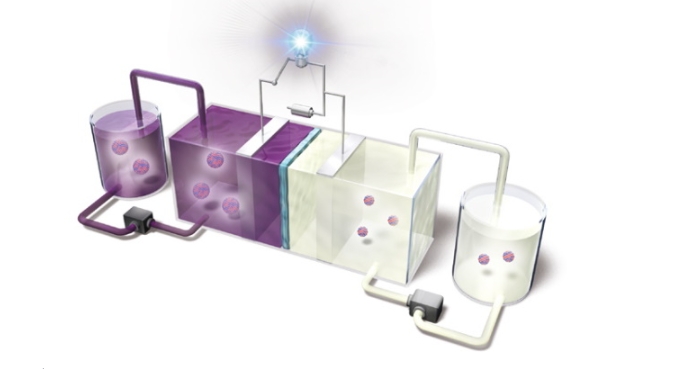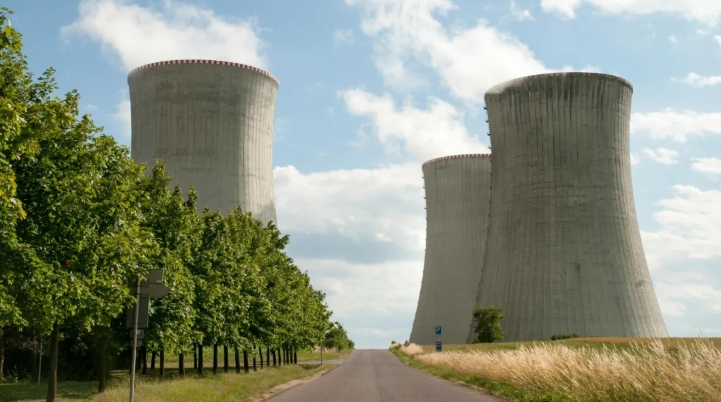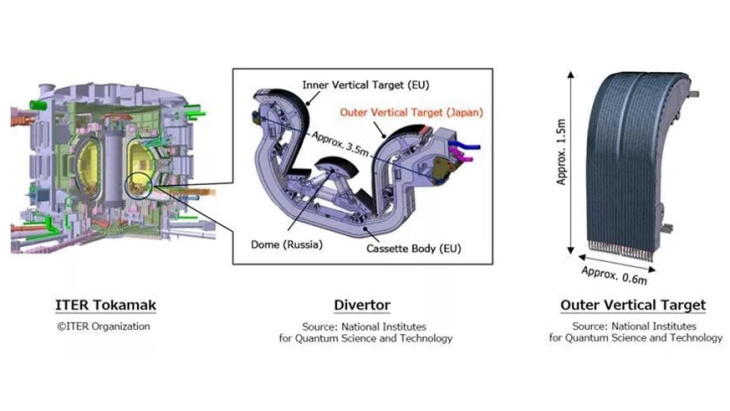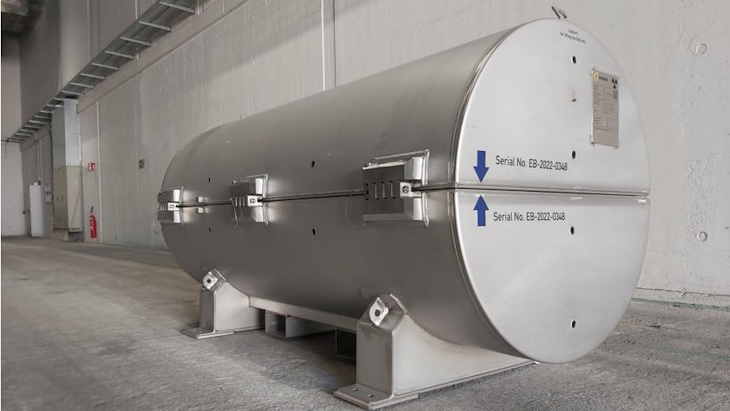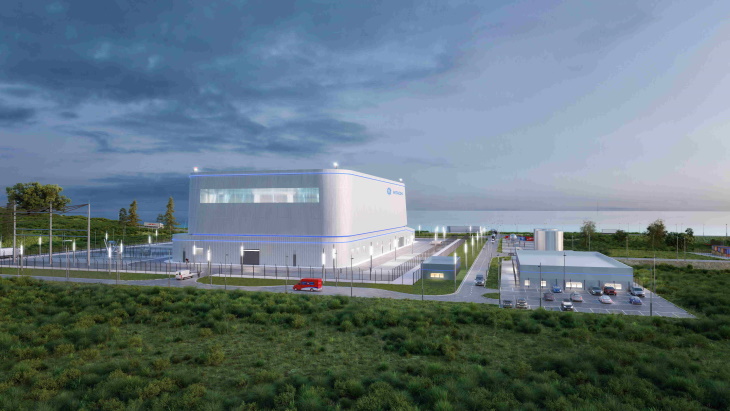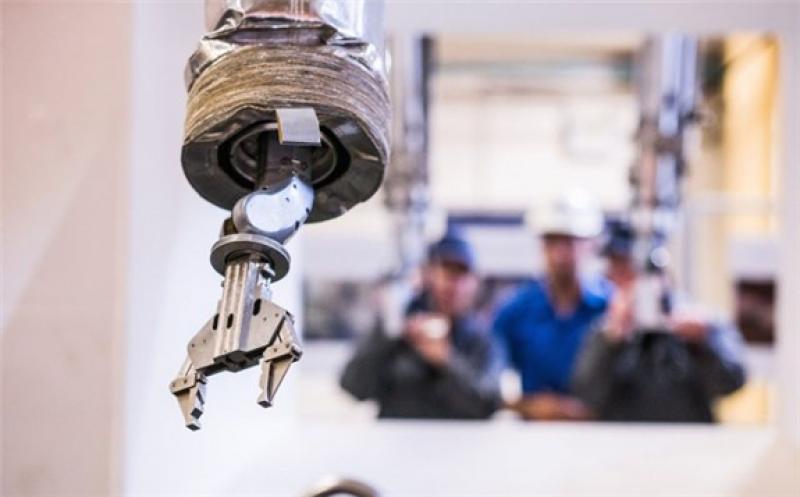Thirty-one containers of highly radioactive sediments at the Fukushima Daiichi nuclear plant have exceeded their lifespans, according to the Nuclear Regulation Authority (NRA) which has notified plant operator Tokyo Electric Power Company (TEPCO) Holdings Inc.
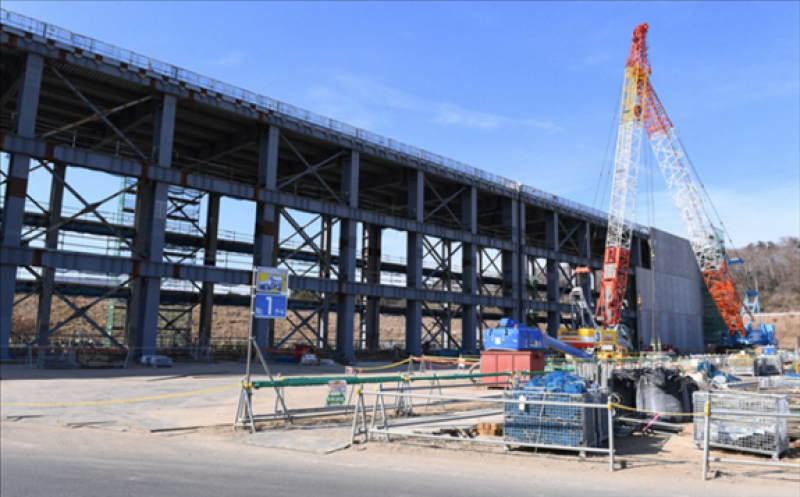
The NRA pointed out the containers at a June 7 expert meeting on the decommissioning work at the Fukushima Daiichi station, blaming the problem on TEPCO underestimating the radiation the 31 plastic cylinders -- each about 1.5 meters in diameter and 1.9 meters tall -- were exposed to. TEPCO has indicated it will start moving the contents to new containers in August. No leaks of sediments have reportedly been confirmed.
Contaminated water is treated at the Fukushima Daiichi plant with methods including filtering at a multi-nuclide removal facility called "ALPS" (Advanced Liquid Processing System) to lower the concentration of radioactive substances. These radioactive substances settle out of the water as sediments through a chemical process. TEPCO stores the sediments in cylindrical containers, which numbered as many as 3,000 as of April this year.
The containers deteriorate and reach the end of their useful lives when they are subject to cumulative radiation exposure from the sediments of 5,000 kilograys. TEPCO measured the density of the sediment at 20 centimeters from each container's bottom in March 2018, and calculated that they would last until at least July 2025.
However, the NRA insisted that the density measurement should have been taken at the bottom of containers where the sediment is thickest, meaning the radiation levels are also higher, and declared that TEPCO's measurements had led to an underestimation. In addition to the 31 containers already past their replacement date, the NRA assessment found that 56 more will reach the end of their lifespans in two years.
A TEPCO representative said, "As it was difficult to measure the density at the bottom (of the containers), we did not have accurate data."
